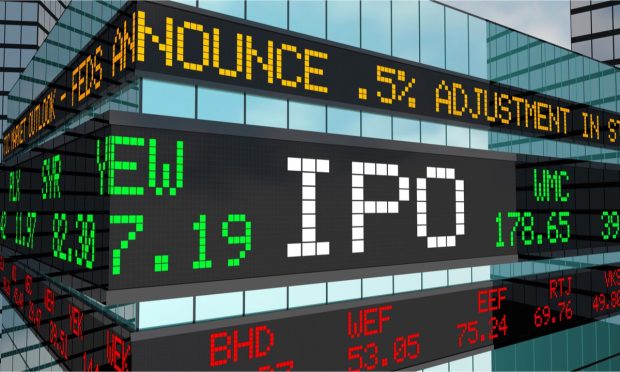Two-Thirds of 2021’s IPOs Now Trading Below Offering Price

While there were many initial public offerings (IPOs) in 2021, the Wall Street Journal (WSJ) says two-thirds of the companies that went public in the U.S. are trading under their IPO prices.
On Wednesday (Dec. 29), the WSJ noted that there was more money than ever from IPOs in 2021, with both startup founders and early investors looking for ways to get in on the sky-high valuations.
The first eight months of the year saw IPO shares rising, and in November, they were trading up 12% on average — then came December, when they were trading 9% below the IPO prices.
Per the WSJ, there were a range of different causes, including a selloff in IPO stocks, making investors afraid of increases in the interest rate that might cause less of an appetite for risky assets.
While the IPO market started off doing very well, there was a snag in May, when the WSJ writes that the number of down IPOs was on the rise. Then came the debut of Robinhood in August, which ended up declining in trading, ending up trading far below its $38 price.
There were some IPOs in between all of this that traded well, but the decline accelerated after Fed chairman Jerome Powell hinted that there could be a faster pullback of stimulus. The WSJ report said that as of December, there were 129 stocks up from their IPO and 255 down.
Another issue with the IPO market this year was that the sheer number of them had caused investors to think more carefully about how they wanted to treat the market. PYMNTS wrote recently that 2021 has seen the Nasdaq surge by 22%, which hasn’t necessarily meant strong IPOs.
There were more than 130 tech-focused IPOs which raised over $60 billion in the U.S. However, several IPOs did not do well and instead brought down the performance. For instance, tech firm Grab ended up sinking 20% on its first day of trading.
Read more: Nubank’s Debut, Grab’s Slump Dominate Year-End Listings as 2021 IPOs Limp to the Finish Line
